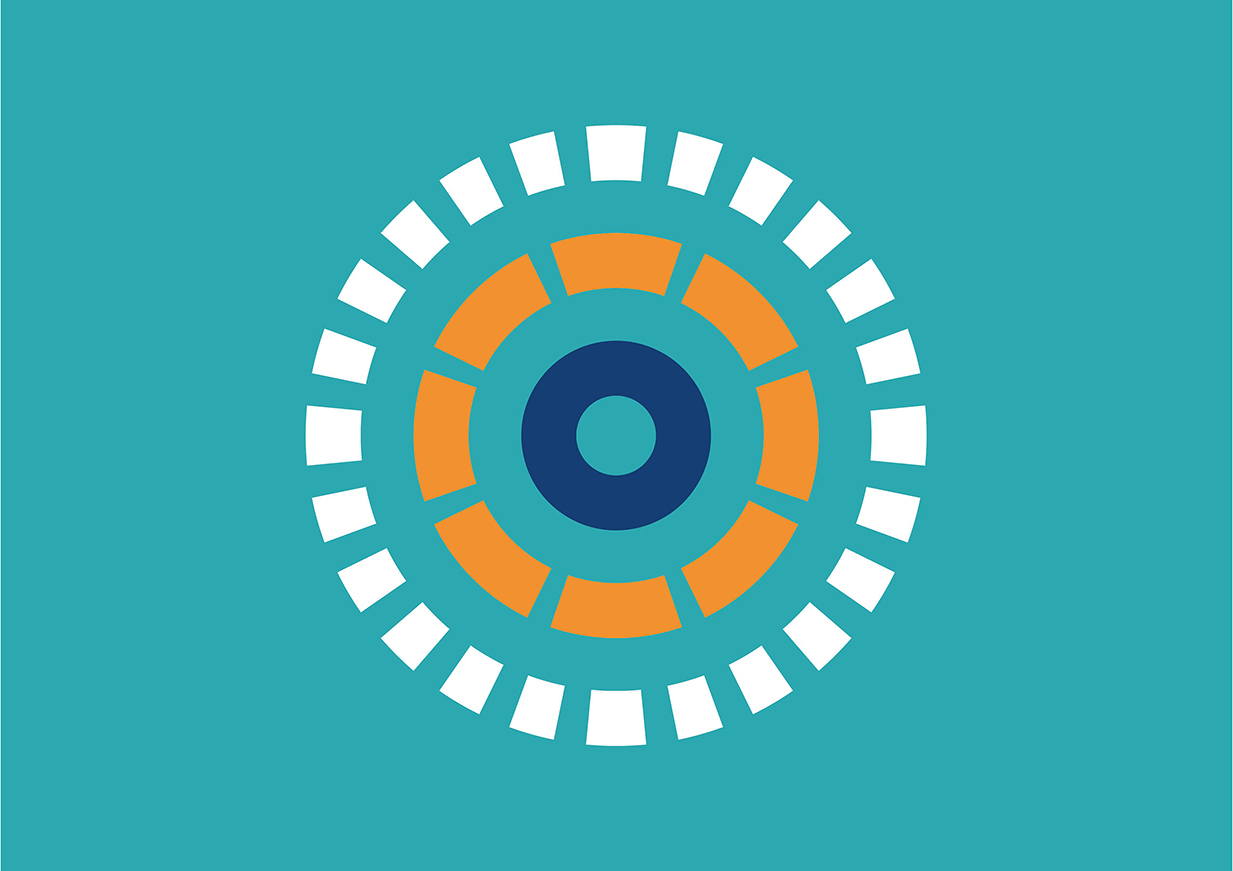Vorasidenib is in clinical development for the treatment of residual or recurrent grade 2 glioma. Glioma is a type of brain tumour that begins in glial cells (the cells that surround and support nerve cells). There are three main types of gliomas: astrocytoma, oligodendroglioma, and glioblastoma. These are categorised by the isocitrate dehydrogenase (IDH) gene mutation status. Patients with astrocytoma and oligodendroglioma often have mutations in the IDH gene. The IDH gene produces the IDH enzyme, but mutations lead to the production of an abnormal IDH enzyme, which produces a chemical, 2-hydroxyglutarate, that causes cells to become cancerous. General symptoms include headache, anorexia, nausea, vomiting, seizures, drowsiness, personality changes, and cognitive slowing. More focal symptoms could include difficulties with hearing, speech, ambulation, dexterity, visual difficulties, and mood disturbances. Surgery is recommended for initial treatment, if possible, followed by either the active monitoring or radiotherapy/chemotherapy. However, options for further treatment for gliomas that recur locally after initial treatment are limited and palliative.
Vorasidenib for treating residual or recurrent grade 2 glioma

Vorasidenib is in clinical development for the treatment of residual or recurrent grade 2 glioma. Glioma is a type of brain tumour that begins in glial cells (the cells that surround and support nerve cells).